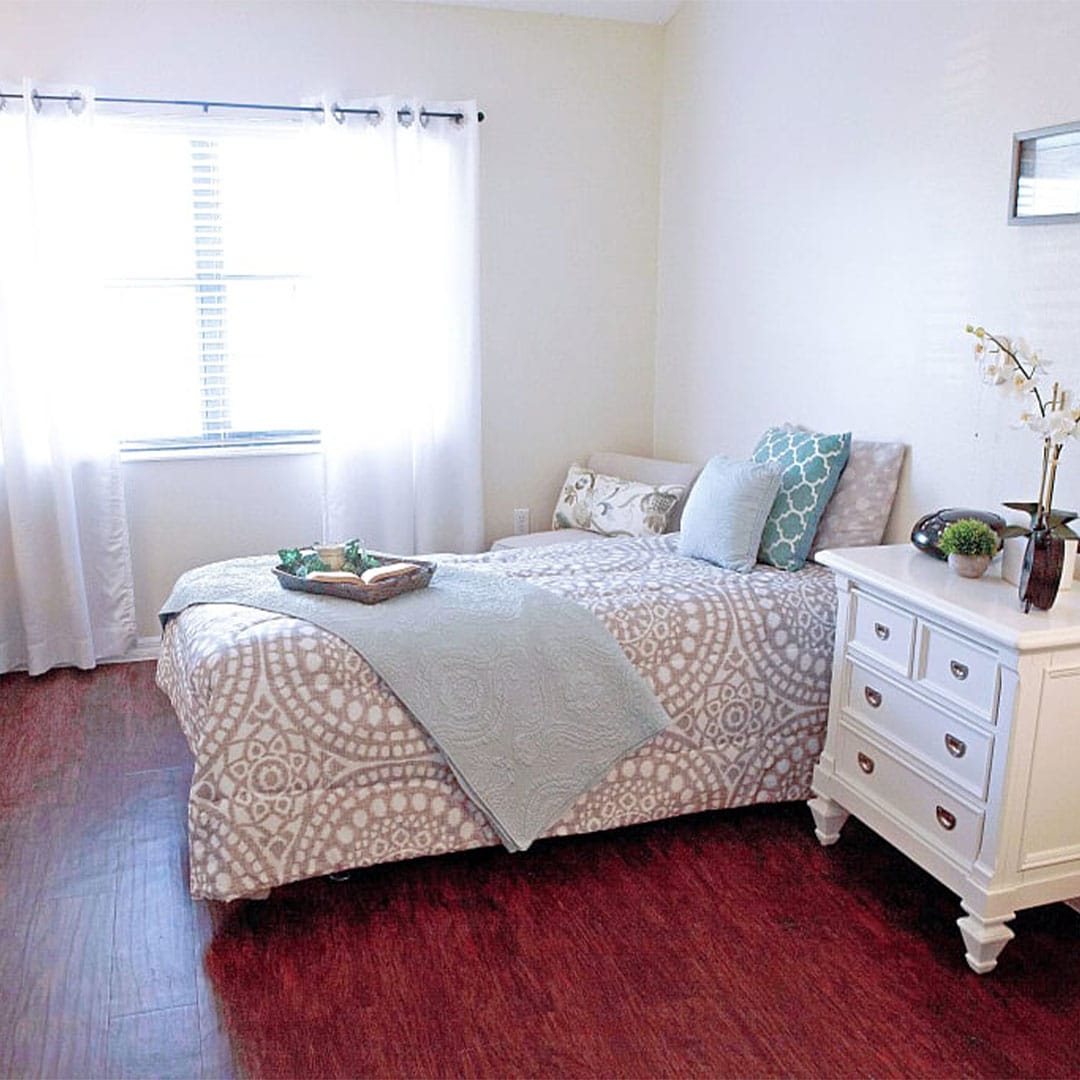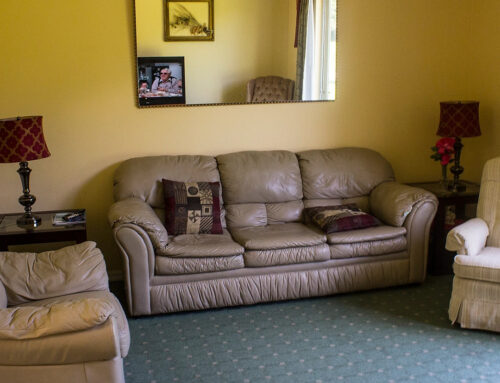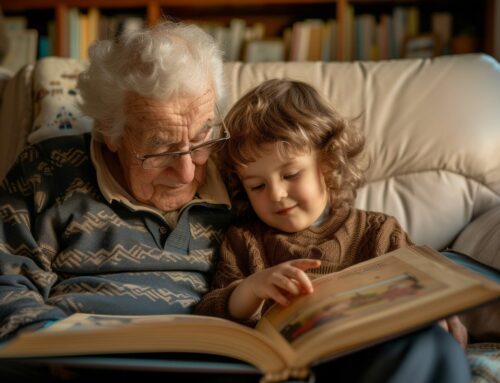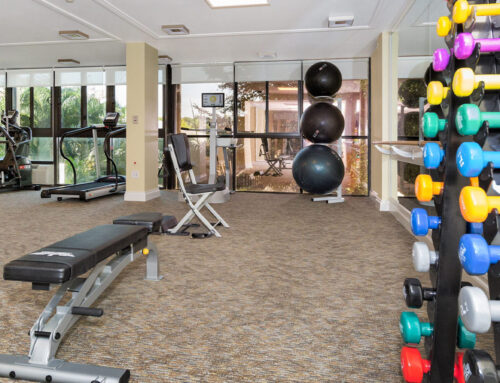When deciding on the best senior living residence for your loved one, you may have questions regarding which type of facility is most appropriate to address their current health and desired autonomy. Your physician can hep in this determination, and most assisted living and memory care centers will perform their own assessment – both to determine if their facility is equipped to help the individual and to determine a probable path for ongoing care. As time goes on, your loved one will be regularly assessed to ensure that their care plan is beneficial for their evolving needs. ADLs and IADLs are the most common measurement guidelines for the required care level.
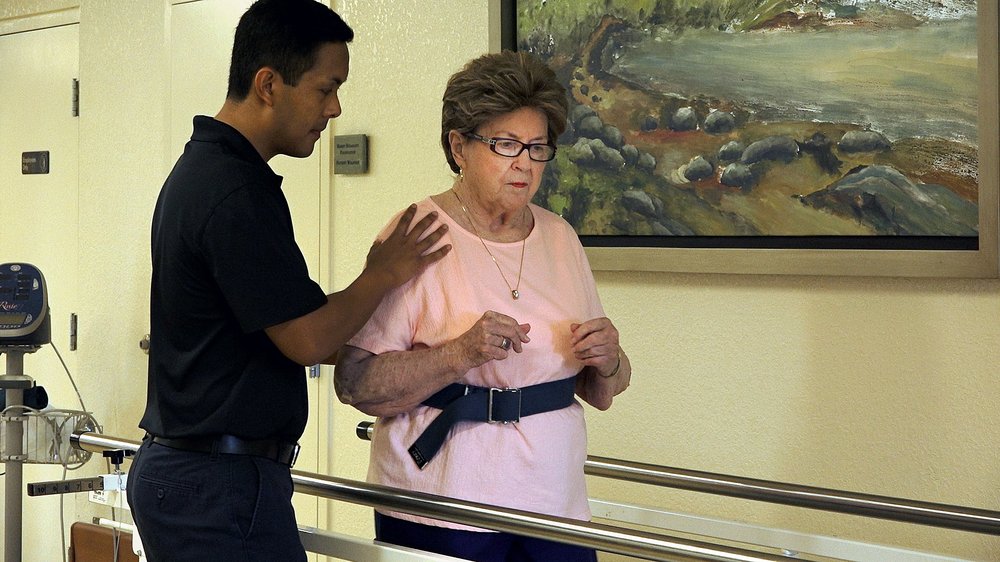
The six activities of daily living (ADLs) and the eight instrumental activities of daily living (IADLs) are the standard guidelines used to assess whether senior adults can or should continue living independently, or if assistance is needed. In some cases, insurance companies may also require ADL or IADL assessment to clinically identify needs before agreeing to pay for additional care.
What Are the 6 ADLs?
- Bathing. The individual is fully capable of bathing themselves, or may just need help with one part of the body because of injury.
- Dressing. The individual chooses their own clothes from a dresser or closet, get dressed, and adds appropriate outer clothing such as a sweater on cool days.
- Toileting. The individual goes to the bathroom without assistance, including getting on and off the toilet, taking off and putting on clothes, and cleaning themselves.
- Transferring. The individual can gets themselves in and out of a chair or bed on their own.
- Continence. The individual has complete control over urination and defecation.
- Feeding. The individual can feed themselves without assistance. (Food may be prepared by someone else.)
Effectively Assessing ADLs
If senior adults can perform all six of these activities without any assistance or prompting, they are deemed to have “full function,” and can care for themselves. A score of four out of six indicates “moderate impairment” and that they may need additional care, while one or two out of six indicates “severe functional impairment” and therefore, they need others to care for them. Many seniors lose these abilities gradually and progressively. Certain tasks may become more challenging as they ag, while others may remain their entire life.
What are the 8 IADLs?
- Using the telephone. The individual can answer the phone, and knows how to call family and friends on their own.
- Shopping. The individual can purchase everything they need without assistance.
- Food preparation. The individuals has the capacity to plan, prepare and serve their own food.
- Housekeeping. The individual can perform home maintenance duties such as washing dishes or making the bed.
- Laundry. The individual can do their own laundry, at least in part.
- Mode of transportation. The individual can either drive, or understands how to arrange for their own transportation.
- Responsibility for own medications. The individual correctly self-administers their medication without prompting.
- Managing finances. The individual manages their personal finances with little (or limited) help, including paying bills and keeping track of balances.
Considerations When Assessing ADLs and IADLs
While ADLs and IADLs can be helpful in assessing autonomy, they aren’t a perfect tool. An individual’s unique physical and cognitive abilities can change from day to day, or decline gradually over time. Because of this, ADLs and IADLs should be evaluated routinely to identify if any changes in living and care arrangements are needed.
At My Care Finders, we help families to navigate the complexities of understanding all of their care options. Our knowledgeable senior care experts can help you to collect the necessary information to make an informed and appropriate decision for your loved one. Call today to learn more about our FREE services.

